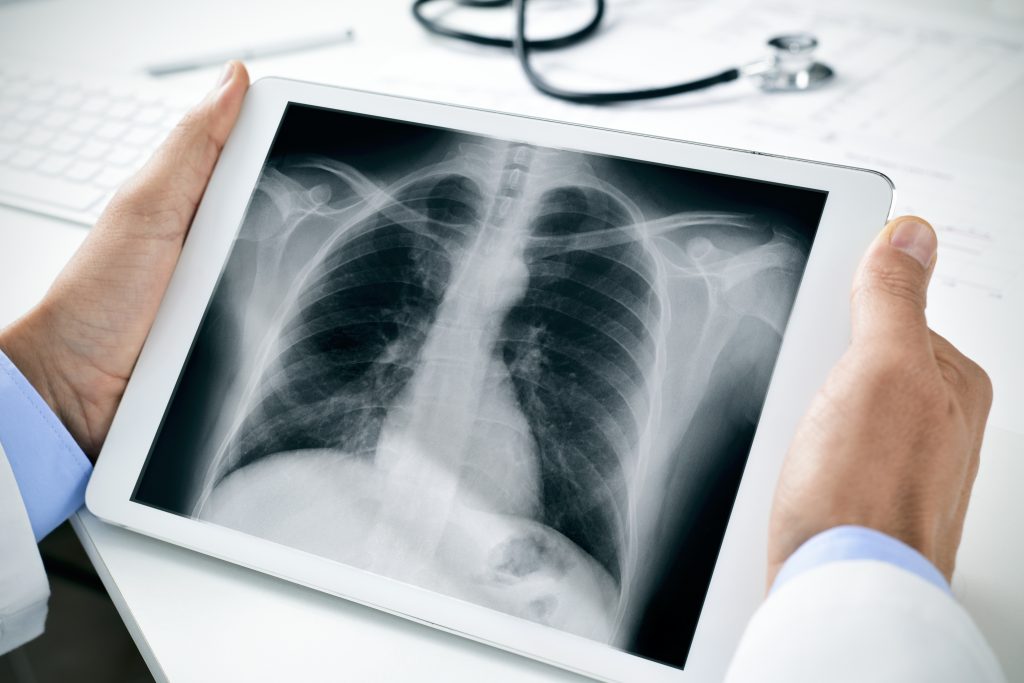Diagnostic Imaging
 Imaging is an important tool for diagnosing and monitoring health conditions. Some types of imaging have overlapping purposes, and your provider will help determine which method is best for you.
Imaging is an important tool for diagnosing and monitoring health conditions. Some types of imaging have overlapping purposes, and your provider will help determine which method is best for you.
Before arriving at a lab or imaging center, ask your doctor or technician for instructions on how to best prepare for your test. For example, some scans require a full bladder or an empty stomach. You should also inform your provider of any pre-existing health conditions, like pregnancy or implanted devices, and talk with them about any questions or concerns you may have.
In most cases, you will not receive results from your imaging at the time of your procedure. Instead, a technician or technologist will perform the procedure, and the images will be sent to your provider or a specialist for close review and interpretation. Once the images have been “read”, your provider will contact you with the results and next steps.



